While we are awaiting next gen SSDs featuring SF-3700 controllers, we are still seeing some SF-2200 based SSDs released in the market. A few years ago, SandForce SSDs saturated the marketplace as they were the go to for most companies, however as of late, this has changed. A lot more options are out there for companies to choose from. Companies such as Marvell, Silicon Motion, and Phison all make very competitive controller and SSD design options. As a matter of fact, most of our recent reviews are of SSDs with controllers from each of these manufacturers. The last SandForce based SSD we reviewed was some time last year. Having said that, while the SF-2281 controller is going on four years old, it still competes well with these more modern controllers.
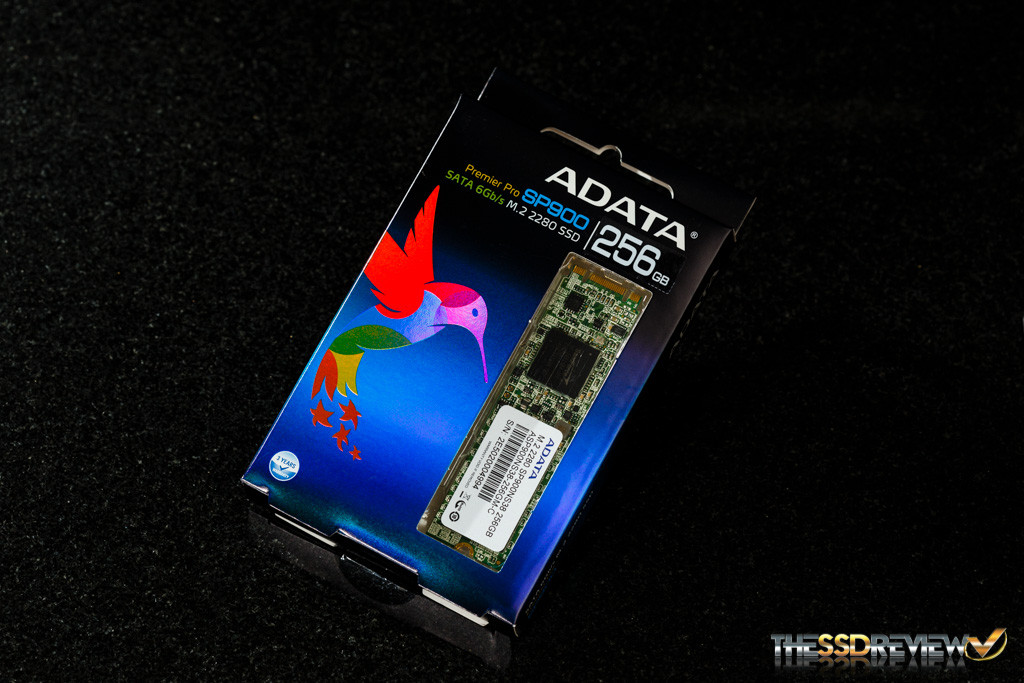 The M.2 form factor gained some great traction sa well. Most companies are now offering M.2 form factor drives for consumer and OEM purchase. Just recently we looked at M.2 drives from Transcend, Kingston, Micron, and Plextor. Today on our review bench, we have the SandForce SF-2281 powered ADATA Premier Pro SP900 M.2 2280 in 256GB capacity. Let’s see how it fairs against some of these newer controller based SSDs in our testing.
The M.2 form factor gained some great traction sa well. Most companies are now offering M.2 form factor drives for consumer and OEM purchase. Just recently we looked at M.2 drives from Transcend, Kingston, Micron, and Plextor. Today on our review bench, we have the SandForce SF-2281 powered ADATA Premier Pro SP900 M.2 2280 in 256GB capacity. Let’s see how it fairs against some of these newer controller based SSDs in our testing.
SP900 M.2 SPECIFICATIONS, PRICING, AND AVAILABILITY
The Premier Pro SP900 M.2 is a SATA 6Gb/s M.2 device that comes in both 2242 and 2280 form factors, meaning 22mm width by 42mm or 80mm lengths by 3.5mm height. The overall weight of the 2242 version is 4gm while the 2280 weighs 8gm.
Available capacities are 128GB ($79.99), 256GB ($134.99), and 512GB ($250). As mentioned earlier, ADATA has gone with the SandForce SF-2281 controller just as they have in their SP900 2.5″ drive, but the difference with the M.2 version is that they are utilizing synchronous MLC NAND, rather than asynchronous MLC NAND for improved performance.
For speeds, the SP900 M.2 SSD is rated for sequential read and write speeds of up to 550MB/s and 530MB/s respectively. 4K random write IOPS are rated for up to 90K for the 256GB model while the 128GB model takes a slight hit at 89K. The 512GB model takes quite a hit as it is rated for up to 30K IOPS write.
The drive comes with standard S.M.A.R.T., TRIM, and NCQ features as well as DevSleep support. ADATA also markets the drive to applicable to Intel Smart Response Technology to speed up your system through SSD caching. You can also download their SSD toolbox from their website once you make an account. It has everything from drive health monitoring and diagnostics to system optimization settings. And to finish off, the SSD is covered by a 3-year warranty.
PACKAGING AND COMPONENTS
The packaging for the SSD follows the typical color options ADATA has used in the past with the dark accents and bright metallic blue. On the front is their humming bird logo and a nice see through opening so consumers can see the SSD itself. The basic info such as product name with form factor and capacity are listed on the front as well.
On the backside we can see a QR code and link to ADATA’s website where you can register the drive and free software, such as their SSD toolbox.
From a quick look at the front and back of the drive we can see there are four NAND packages and a single controller, however, there is no DRAM chip. The DRAM-less design is normal for SandForce drives. This makes them less prone to data loss during the event of a power outage as their NAND mapping table is stored in the internal SRAM rather than an external DRAM chip.
To the right we can take a closer look at the NAND. There are four ADATA branded 128Gbit synchronous MLC packages. ADATA tells us that they use both 20nm and 16nm NAND in their Premier Pro SP900 M.2 line of SSDs. Each package on our drive is 64GB in size for a total RAW capacity of 256GB, however once formatted in the OS, 238GB is available to the end user.
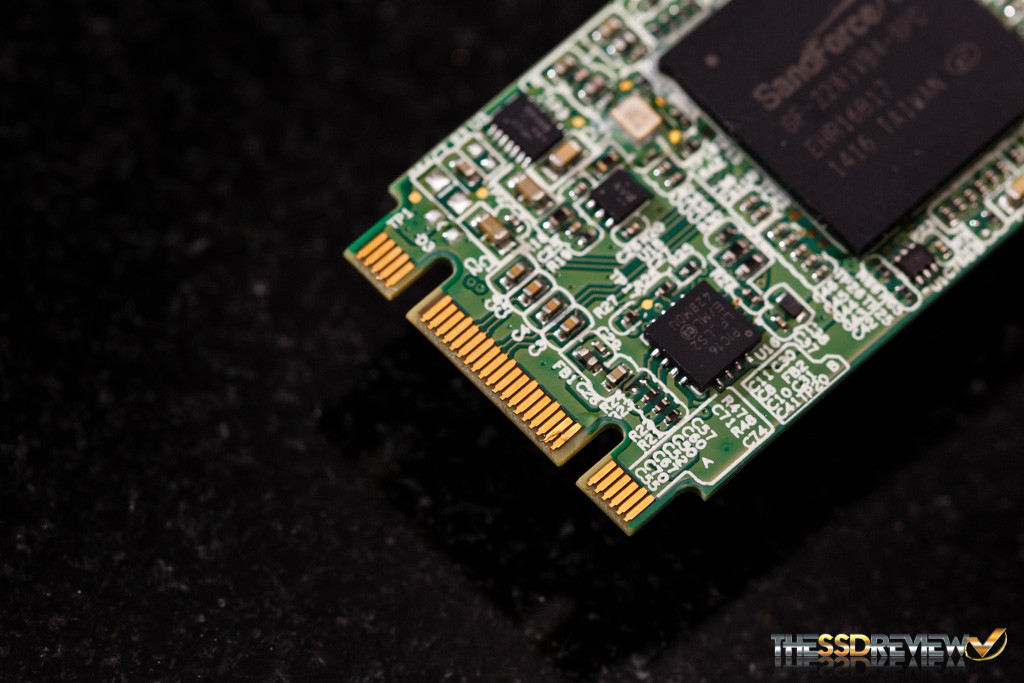 Finally, we can see a close up of the M and B-key connectors, denoting the SATA 6Gb/s interface connection.
Finally, we can see a close up of the M and B-key connectors, denoting the SATA 6Gb/s interface connection.
 The SSD Review The Worlds Dedicated SSD Education and Review Resource |
The SSD Review The Worlds Dedicated SSD Education and Review Resource |

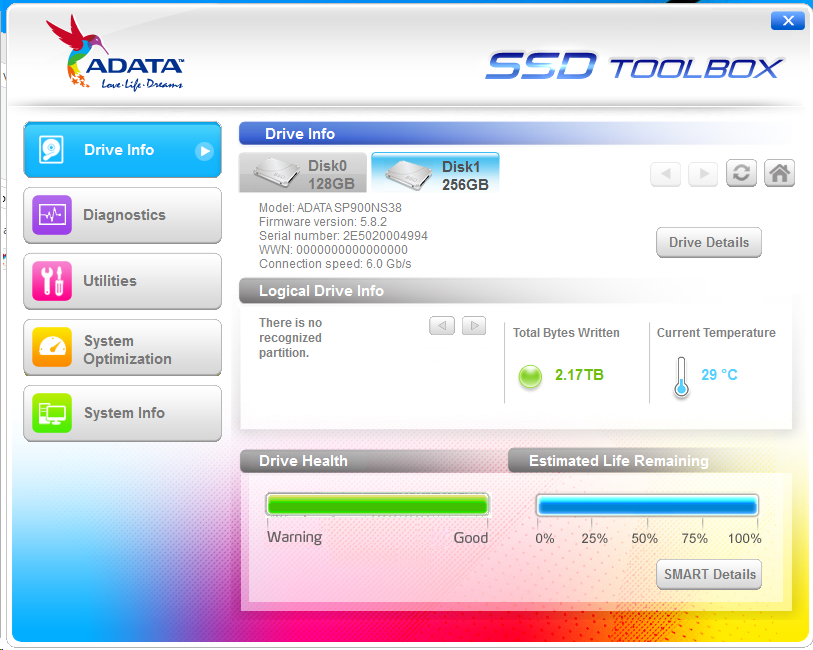
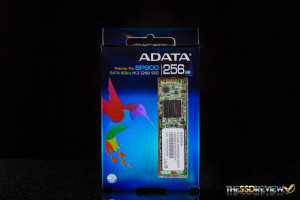
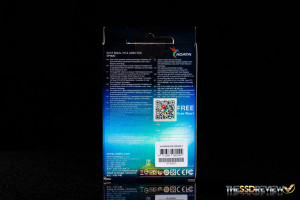
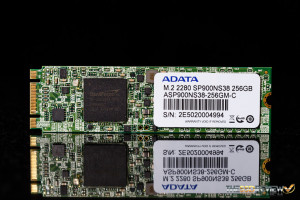
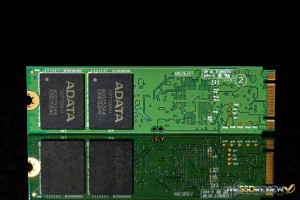
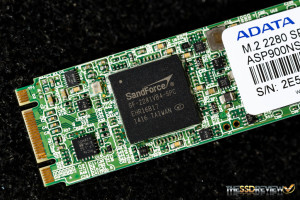
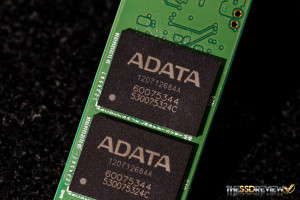
Would be best if this article started off by clearly stating if this is PCI-e or mSATA M.2. This is a big issue with the M.2 form factor – lack of clarity.
There is no such things as mSATA M.2. I am going to guess you meant SATA however, which is exactly the same as 6Gbps which is listed right after M.2 in the title. I might suggest lack of understanding rather than lack of clarity. 6Gbps is understood as SATA 3 since thats what it has always been. Thanks for taking the time.
From Wiki: “M.2, formerly known as the Next Generation Form Factor (NGFF), is a specification for internally mounted computer expansion cards and associated connectors. It replaces the mSATA standard, which uses the PCI Express Mini Card physical layout. M.2’s more flexible physical specification that allows different module widths and lengths, together with more advanced features, makes the M.2 more suitable for solid-state storage applications in general, especially when used in small devices like ultrabooks or tablets”
Does the 2242 have the same performance as the 2280? A lot of ultrabooks now only can fit 2242 slots but there is not a lot of choices or good reviews of the few choices in that size.
It depends on the combination of controller, memory and even DRAM cache. As the 2242 can accommodate less physical memory pieces, this could play a role in the end performance of the SSD.
Well specifically I meant the 2242
ADATA Premier Pro SP900 M.2. I think the review could use a blurb at the end. Like this model also comes in 42mm but the performance is about xx % less than the 80mm we reviewed.
I was thinking of buying it but cannot find any comparisons between it and the mydigitalssd models. Or even separate performance benchmarks I could compare on my own. Seems to be a real gap in information with the new thinkpads and many other models only fitting 42mm m.2s
My reply didn’t state that there was a performance difference, but rather, there may be and the reasoning for such. We can only comment on what we test and, having not compared both, could not make such a comment on our report. Thanks for the concern and we will see what we can do about getting the other in for testing.